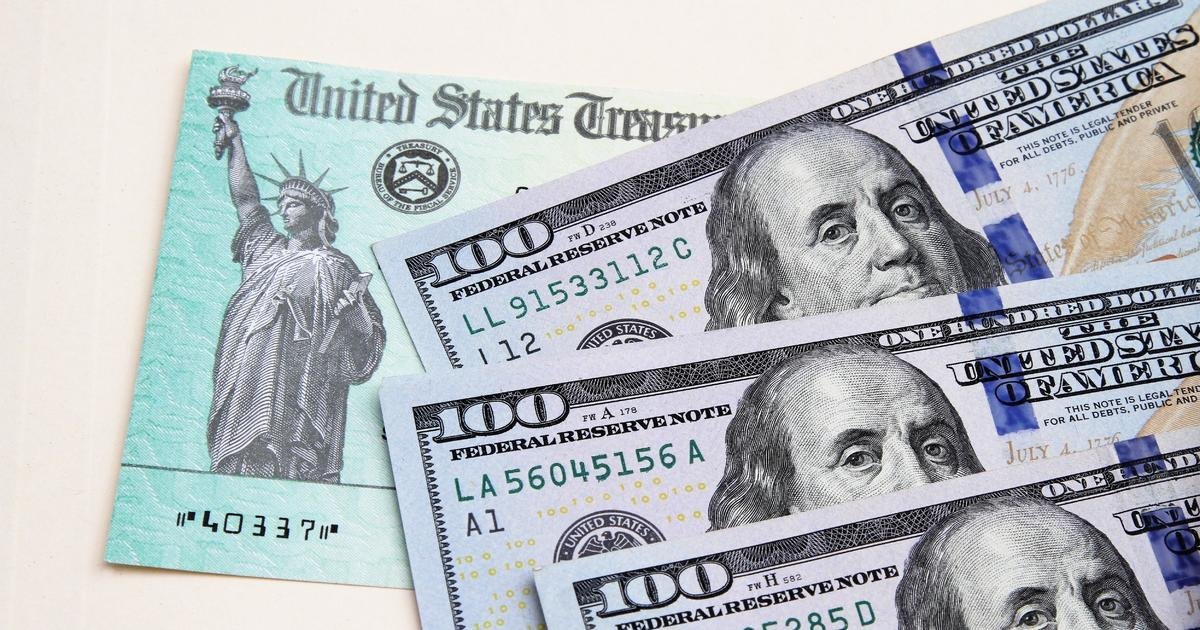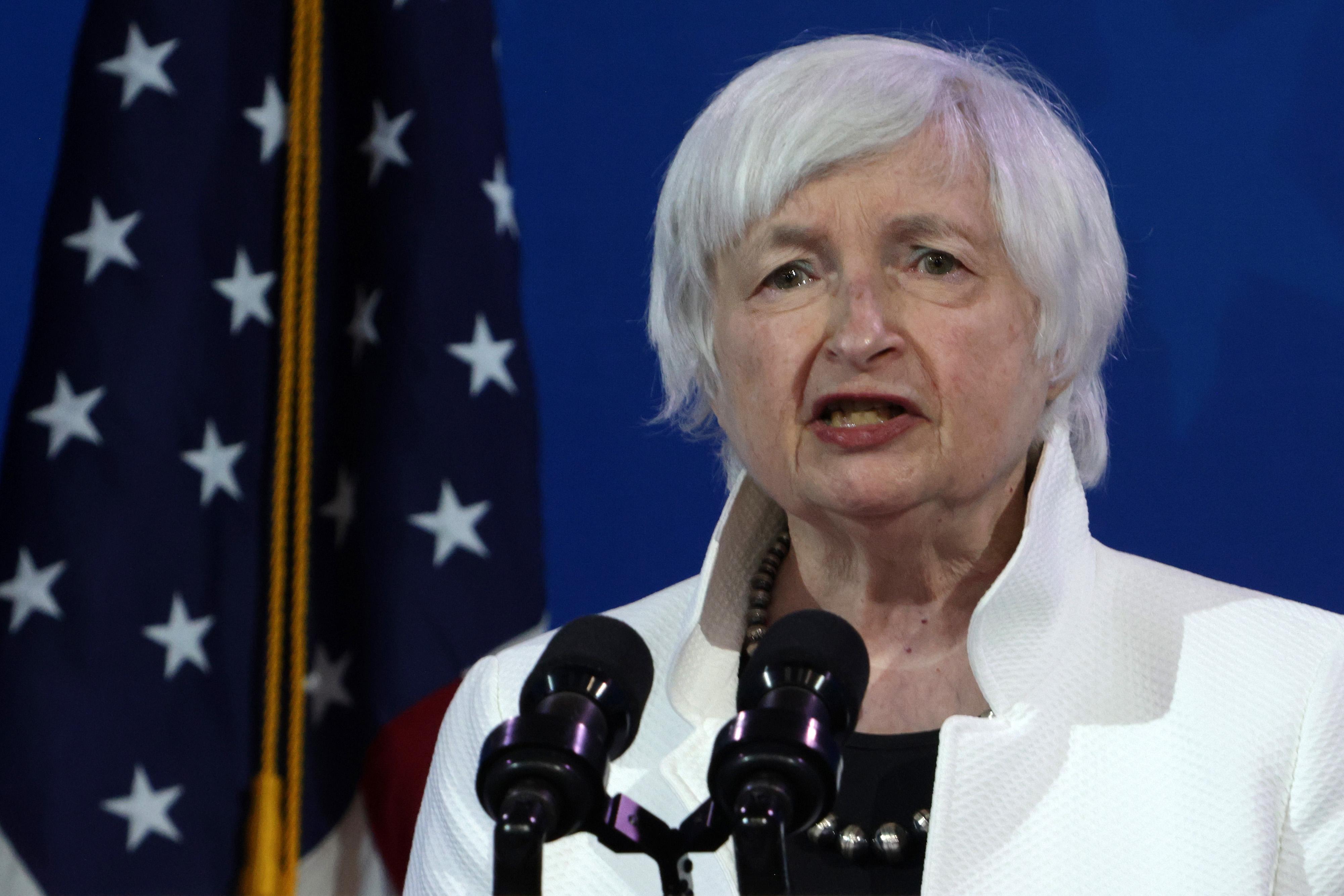

The extent of the economic costs of the debt limit binding, while assuredly negative, are enormously uncertain. How would a binding debt limit affect the economy? If Treasury wanted to be certain that it always had sufficient cash on hand to cover all interest payments, it might need to cut non-interest spending by more than 40 percent. Thus, the required cuts to federal spending when an increase in federal debt is precluded are particularly large during these months. Second, infusions of cash to the Treasury from tax revenues vary greatly by month, and tax revenues in October and November tend to be fairly muted. First, the government is running annual deficits: for fiscal year 2022 as a whole, CBO expects 22 cents of every dollar of non-interest outlays to be financed by borrowing. The need for the sharp cut reflects two factors. If the debt limit binds, and the Treasury were to make interest payments, then other outlays will have to be cut by about 40 percent in aggregate. How much would non-interest federal spending have to be cut? It is not clear how such litigation would turn out, in part because the law itself imposes contradictory requirements on the government-requiring it to make payments, honor the debt, and not go above the debt limit, three things that cannot all happen at once. On the one hand, the motivation to pay principal and interest on time to avoid a default on Treasury securities is clear on the other, lawsuits would probably argue that holders of Treasury securities have no legal standing to be paid before others. Timely payments of interest and principal of Treasury securities alongside delays in other federal obligations would likely result in legal challenges.
IF THE U S DEFAULTS ON ITS DEBT FULL
Treasury would delay payments for all other obligations, such as payments to agencies, contractors, Social Security beneficiaries, and Medicare providers, until it had at least enough cash to pay a full day’s obligations, rather than attempting to pick and choose which payments to make that are due on a given day. And, as securities mature, Treasury would pay that principal by auctioning new securities for the same amount (and thus not increasing the overall stock of debt held by the public). Treasury would continue to pay interest on those Treasury securities as it comes due. Under the plan, there would be no default on Treasury securities. Treasury did have a contingency plan in place in 2011 when the country faced a similar situation, and it seems likely that Treasury would follow the contours of that plan if the debt limit binds this year. One cannot predict how Treasury will operate when the debt limit binds, given that this would be unprecedented. Treasury operate when the debt limit binds? Even if only some of this advantage were lost by allowing the debt limit to bind, the cost to the taxpayer could be significant. Given the current level of the debt, this translates into interest savings for the federal government of roughly $60 billion this year, and over $700 billion over the next decade. Some estimates suggest that this advantage lowers the interest rate the government pays on Treasuries (relative to interest rates on the debt of other sovereign nations) by something on the order of 25 basis points (a quarter of a percentage point) on average. government pays a lower interest rate on Treasury securities because of the unparalleled safety and liquidity of the Treasury market. Even in a best-case scenario where the impasse is short lived, the economy is likely to suffer sustained-and completely avoidable-damage, particularly given the challenges that COVID-19 poses to the health of the economy. An extended impasse is likely to cause significant damage to the U.S.

government is unable to pay all its bills for a time-it depends on how long the situation lasts, how it is managed, and the extent to which investors alter their views about the safety of U.S.

However, there is an enormous amount of uncertainty surrounding the speed and magnitude of the damage the U.S. The economic effects of such an unprecedented event would surely be negative. The Treasury estimates that by October 18 th, those measures will not be sufficient-unless Congress raises or suspends the debt limit before then, the Federal government will lack the cash to pay all its obligations. hit that limit on August 1, 2021, but the Department of the Treasury has been undertaking a set of “extraordinary measures” so that the debt limit does not yet bind. The debt limit caps the total amount of allowable outstanding U.S.


 0 kommentar(er)
0 kommentar(er)
